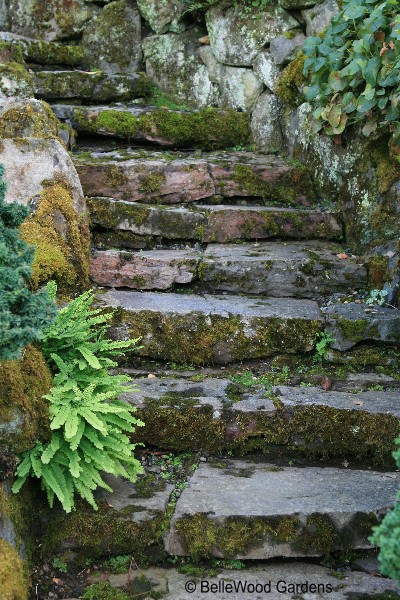
Monday, 22 September 2008
Lady McDonald's Garden
I would happily have spent the entire day at Portland's Japanese Garden. Organizers of our symposium paired it with the Classical Chinese Garden. Excellent. But wait! The day's horticultural excursions are not yet over, and there's more. Back into the buses and off we go.
Lady Anne Kerr McDonald and her husband Sir James McDonald began creating this garden in 1940, from plans by Elizabeth Lord and Edith Schryver for the front and back terraces. Over the next 60 years they developed a wonderful garden. Uncommon trees include China fir, Cunninghamia lanceolata, with stiff, dense needles; Magnolia wilsonii (a close relative of M. sieboldii) with fragrant, nodding flowers; and evergreen Trochodendron aralioides with its spiralling arrangement of leaves.
Fast forward to 2002, when Susan Bates and her husband acquired the not quite 2 acre property. While respectful of the site's history, there has been some editing, revisions, and additions. The arborvitae hedge was replaced with Buxus, that will, in time, mature to 5 feet tall. Specimens passed their prime have been removed. The old greenhouse was replaced with a new one. A sweep of lawn has become a shade garden. There's now a rock garden. The hillside has been left natural, as a garden with native plants. Magnolias, rhododendrons and azaleas, roses, fuchsias, and peonies all thrive in the area's zone 8 winters. That could be expected. However there is also a Chilean Garden on the south side of the house, where the building provides shelter to a palm tree, hibiscus, an espaliered pomegranate, and tender hibiscus.
Jay Miner is the gardener, and while he rearranges beds in order to create a more orderly, cohesive appearance Susan is at work developing a plant list. Jay had been the gardener for Jane Platt, who also had a notable garden in Portland. She and Lady Anne were sisters. Jane's garden, set on three acres, also developed over six decades into a remarkable creation, featuring choice trees for all Numerous magnolias provide spring bloom, while maples and stewartia add bight color to autumn. Trees were not all that Jane cultivated. There is also a rock garden with dwarf conifers, alpine perennials, and bulbs. Clearly, the sisters had much in common.

Moss and lichens intimate the age of this sturdy flight of stone steps.

Colchicum bloom, tucked up against the trunk of a venerable tree.
The cluster of blooms are from offsets that have formed around the original few.
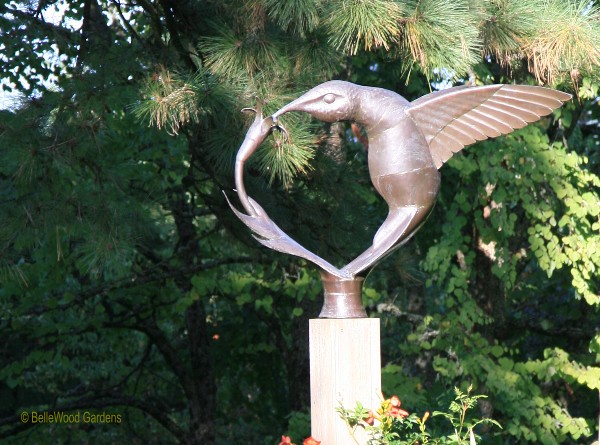
Lady Anne was very fond of this hummingbird statue, still hovering over the garden.
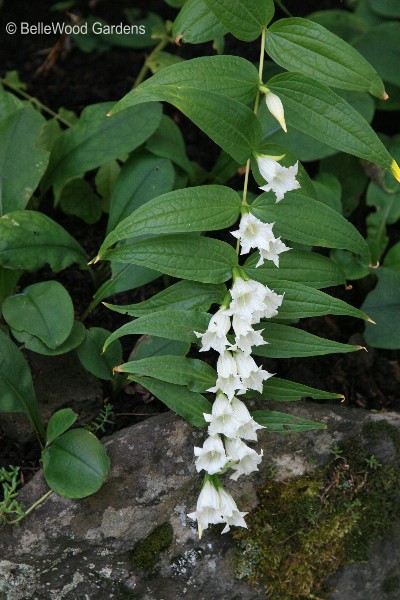
A wonderful woodland plant that revels in light shade, the nodding stem of
willow leaved gentian, Gentiana asclepiadea 'Alba'. The blue form is equally lovely.

Water droplets spatter across the leaves of lady's mantle, Alchemilla mollis, jewelry for the garden.
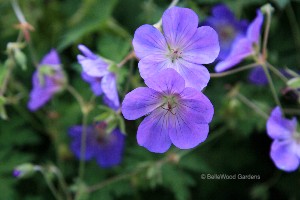

Plants charming on their own. What happens if we put them together . . . .
a hardy geranium plus Japanese forest grass, Hakonechloa macra 'Aureola'
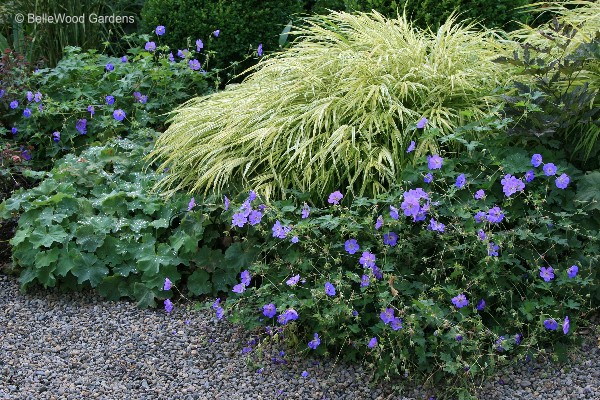
Something to light up the edge of woodland, better together than each plant is separately.

A wonderful tapestry of zebra grass, Miscanthus sinensis 'Zebrinus'. Unusual,
in that the variegation (which develops when the weather turns warmer)
is transverse, across the leaf blade rather than lengthwise, as is most common.

And what a wonderful backdrop it makes for pineapple lily, Eucomis.
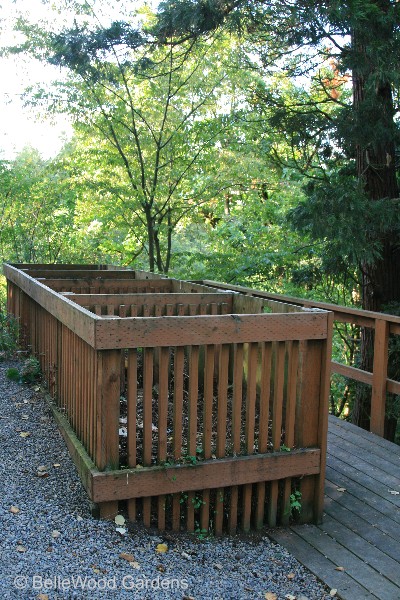
No question but that this is a working garden. But never have I seen a compost heap
as refined as this one, appended to the sloping hillside with a deck all its own for access.
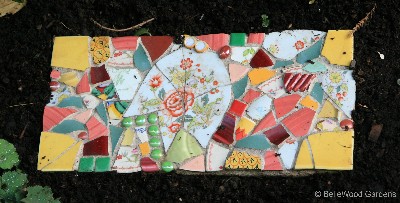
A little dash of color added with a bits and pieces mosaic of smashed china.
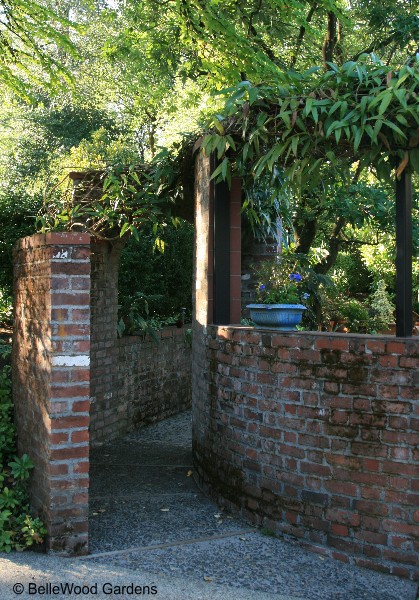
At the front of the property I admired this pair of curved brick walls
and the pathway between. "Pretty it may be." said Susan. "But
just try to get a wheelbarrow through there." She's right. Pretty is
as pretty does, but let's be practical. Overall, this garden makes
tremendously practical use of its site to create a beautiful garden.